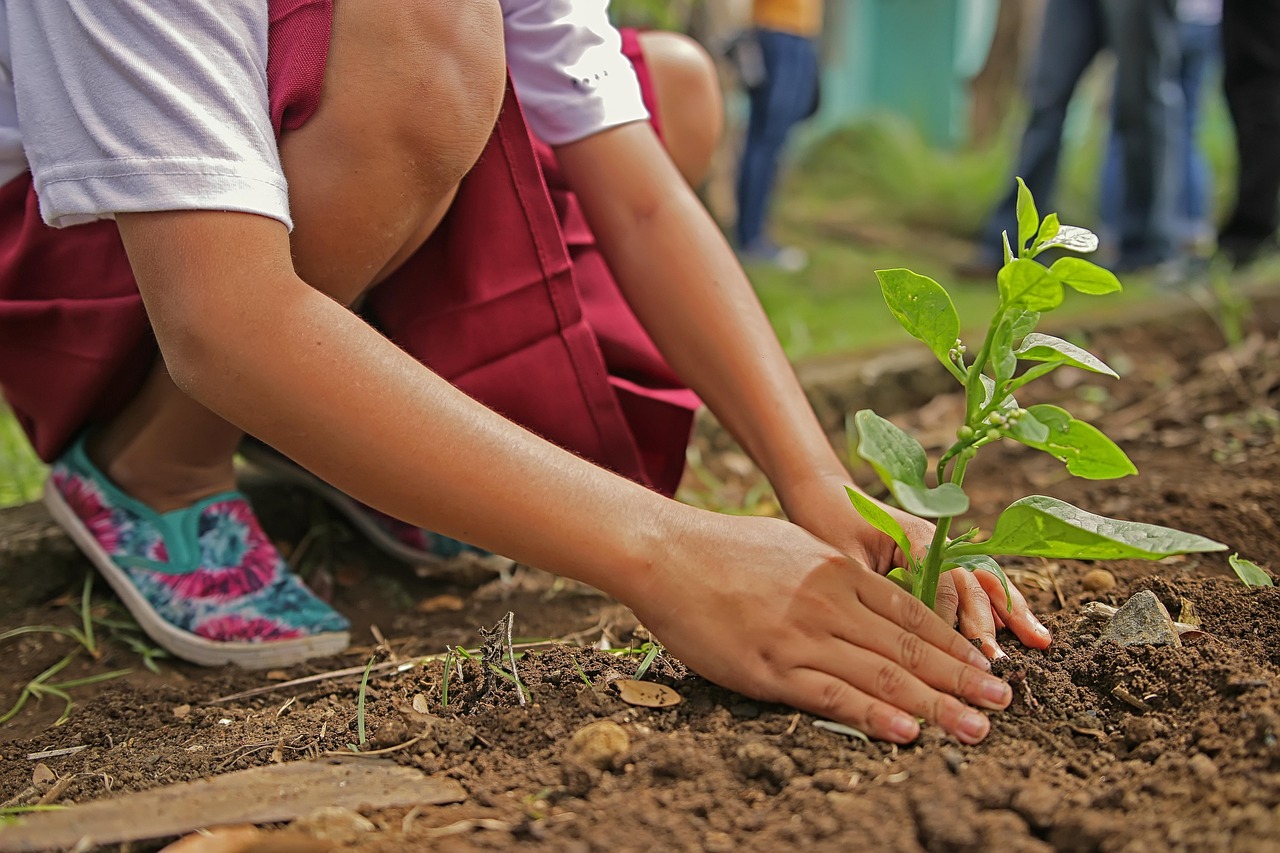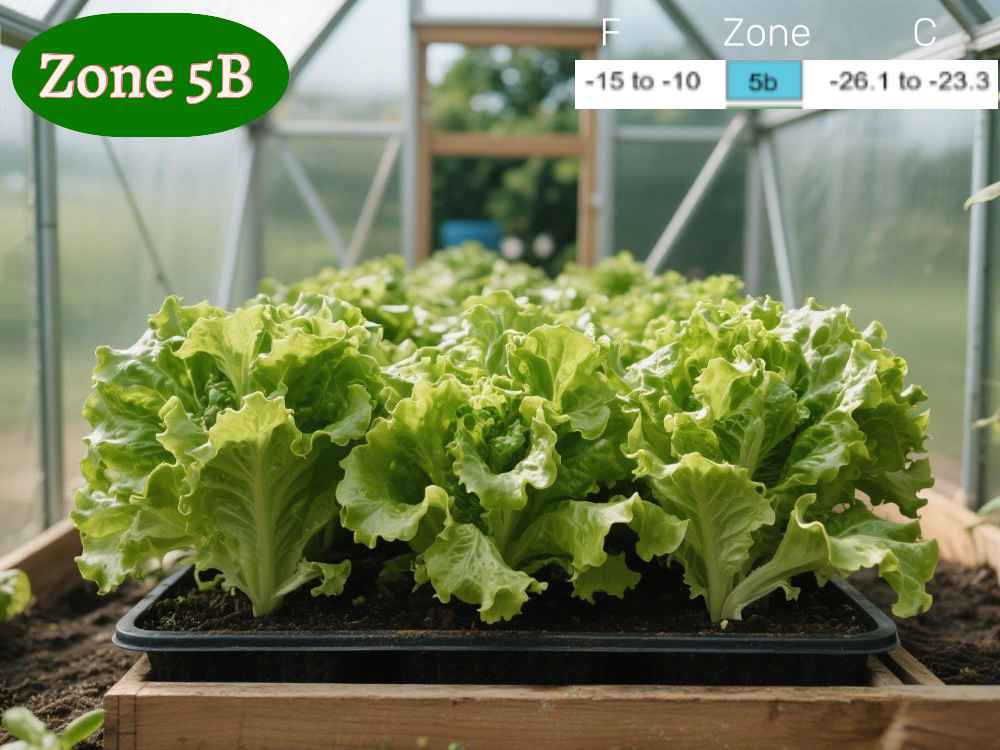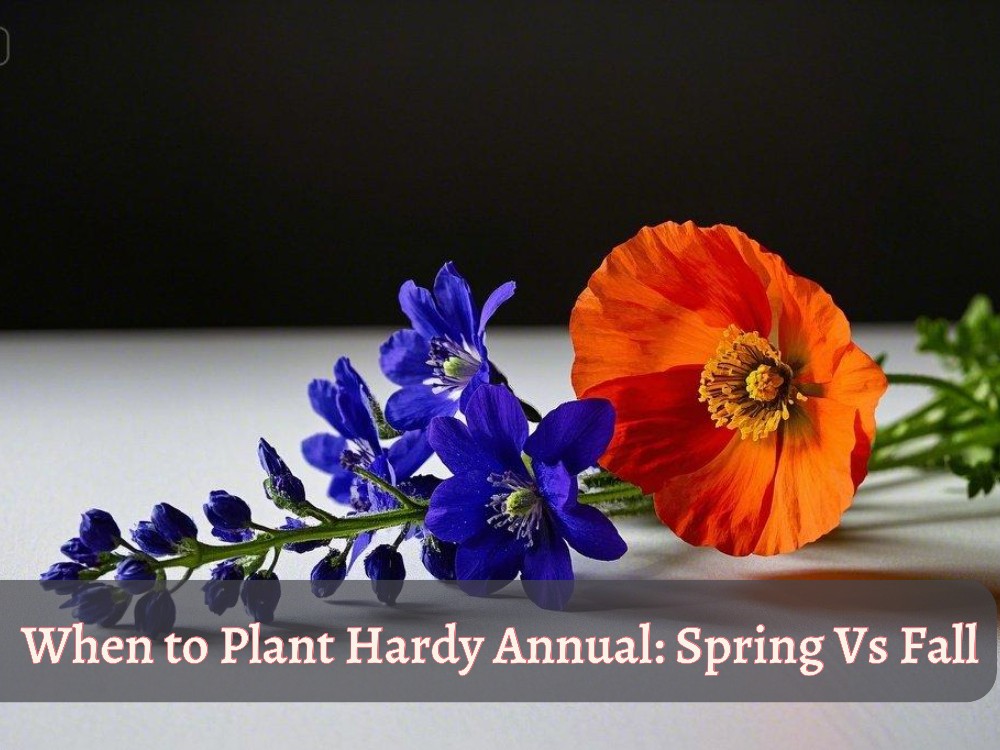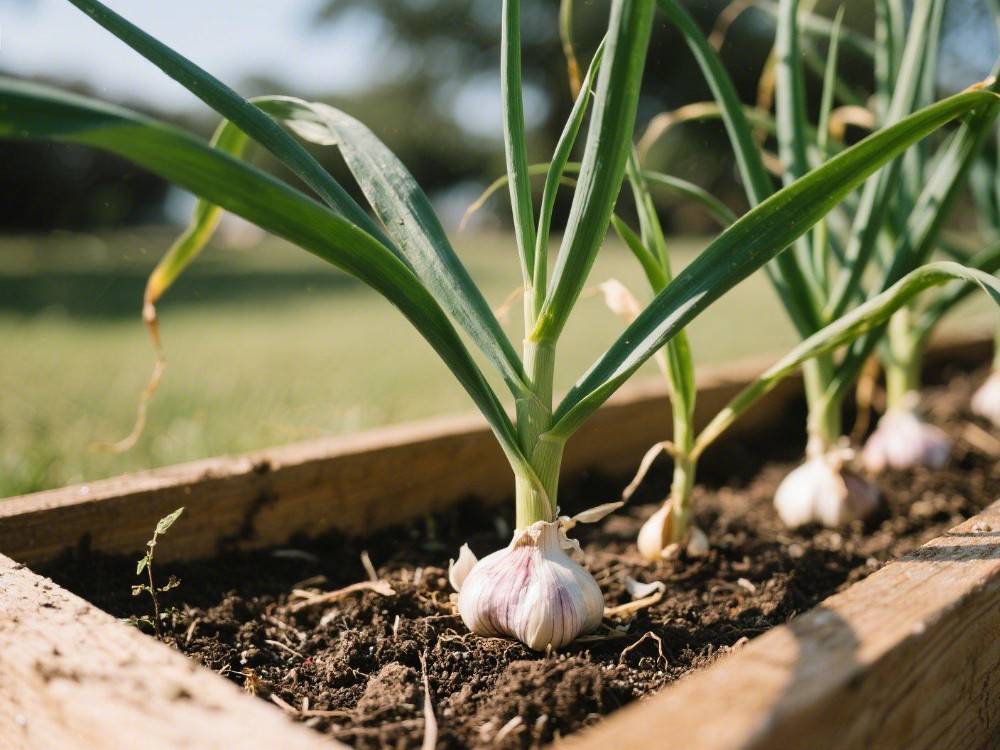Have you ever brought home a young tree, planted it with so much care… only to watch it struggle, lose leaves, or just refuse to grow?
Most of the time, the problem isn’t your gardening skills—it’s the timing.
Transplanting a tree at the wrong time can cause stress, slow its growth, or even prevent it from surviving. However, the good news is that once you know the right season and conditions, your tree has a significantly higher chance of thriving.
First, we will discover the direct answer to “when is the best time to transplant trees,” and then we will move to the possibilities of transplanting trees in all four seasons (fall, winter, spring, summer).
Before buying a tree from a nursery, first understand the best transplanting time because the tree type also matters. Keep scrolling to uncover all secrets.
When to Transplant Trees? The Best Time That Never Been TOLD ever
The best time to transplant trees is usually from early fall to early spring, but the exact timing depends on your regional climate:
- In colder regions like Alaska, late fall and early spring work best.
- In warmer areas such as Florida or South Texas, early fall is the safest choice.
Tree type also plays a big role:
- Deciduous trees (those that drop their leaves in autumn) transplant best in the fall, when they enter dormancy. At this stage, they stop investing energy in leaves and instead focus on growing strong roots.
- Evergreen trees (those that keep their leaves all year) transplant best in early spring. If moved in the fall, their roots can freeze over winter while the tree still demands water and nutrients, leading to stress or failure.
Overall, dormancy is the key factor in successful transplanting. While the exact timing may shift with climate and tree type, the early growing season remains the most universally safe time to transplant.
Possibilities of Transplanting Trees in all 4 seasons
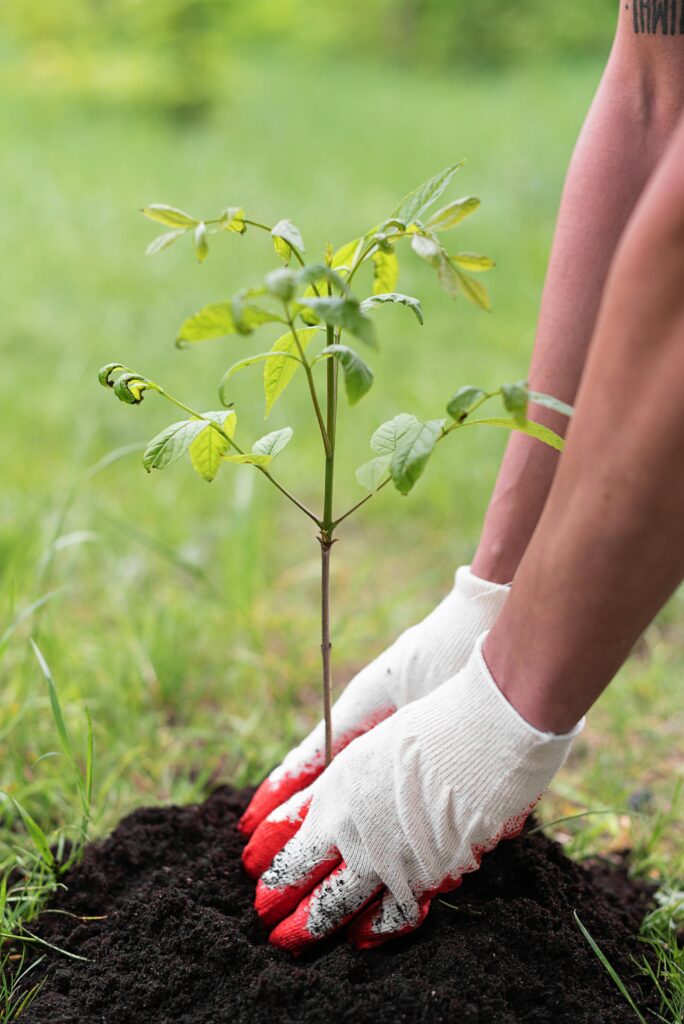
By the way, we all know basic things, such as that summer and winter are not ideal for transplanting. But have you ever considered what’s the reason is behind it. In this section, we will discover all about it.
Because it is my personal experience in all seasons and I don’t want those mistakes that i had made, you make, so read everything before takeing action.
Transplanting Trees in the FALL
I will start with the fall season, here’s where transplanting truly shines—especially for deciduous trees like maples, oaks, or fruit trees. The moment they shed their leaves, they breathe a sigh of relief.
No more energy on foliage, all focus on roots. That’s why I often say: “If you want a tree to thank you later, move it in the fall.” In colder regions, I will say to go for late fall, but in warmer areas, early fall is safer.
Transplanting Trees in the WINTER
Winter transplanting depends a lot on where you live. If your soil freezes solid, forget it—the shovel won’t even go in. But if you’re in a milder climate (say, parts of the South), you can still get away with moving dormant deciduous trees.
Just remember, winter isn’t forgiving, so I usually tell gardeners: unless conditions are mild, save your transplanting energy for spring or fall.
Transplanting Trees in the SPRING
If you ask me about early spring, it feels like giving trees a fresh start. I especially recommend this season for evergreens—pines, cedars, or junipers. The soil is still cool, but not frozen, and as soon as growth begins, their roots jump into action.
I’ve noticed evergreens transplanted in early spring settle in faster and look healthier by summer.
Transplanting Trees in the SUMMER
I’ll be honest—I almost never suggest summer for transplanting. I once tried shifting a small fruit tree in June, and despite daily watering, the poor thing kept drooping. Why? Because summer is simply too demanding.
The tree is busy supporting leaves, flowers, or even fruit, so moving it then feels like asking it to run a marathon on an empty stomach. If summer transplanting is your only choice, be prepared for extra shade and serious watering.
Summary: Signs to Know When is The Best Time to Transplant Trees?
Here’s the truth: the best time to transplant a tree isn’t about the calendar—it’s about the tree itself.
- Deciduous trees: Wait until all the leaves have dropped. Bare branches are your signal that the tree has gone dormant and is ready for a stress-free move.
- Evergreens: Early spring is your friend. As soon as the soil is workable but before new growth pushes out, that’s the sweet spot.
- Summer: If you see blazing sun and temps soaring, skip it. Even with extra watering, the stress usually shows in wilted leaves.
- Winter: Only attempt it if your ground doesn’t freeze. If you can’t dig easily, your tree can’t root easily either.
Quick Tip I use myself: Scratch a twig with your nail—if it’s green underneath, the tree is still active. If it’s brown and dry, it’s dormant and safer to move.
Bottom line→Watch the tree’s signals, not just the season. That’s how you’ll always catch the right moment to transplant.
P.S. Here I’ve shared what I’ve learned about the best time to transplant trees. But if you’re wondering how to actually do it step by step, don’t worry—that’s a whole other topic I’m working on for you.
